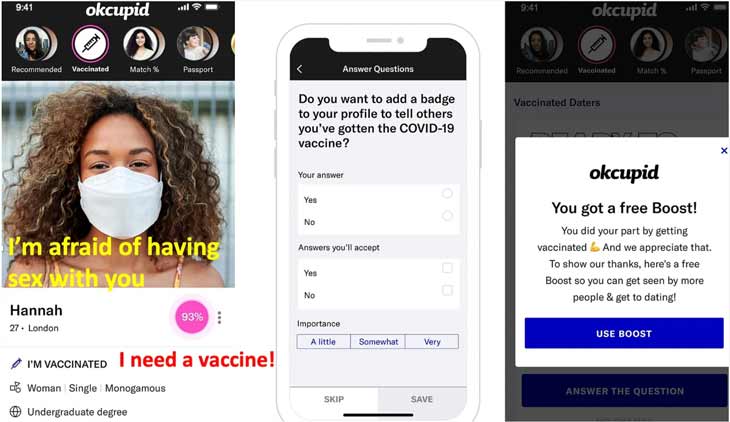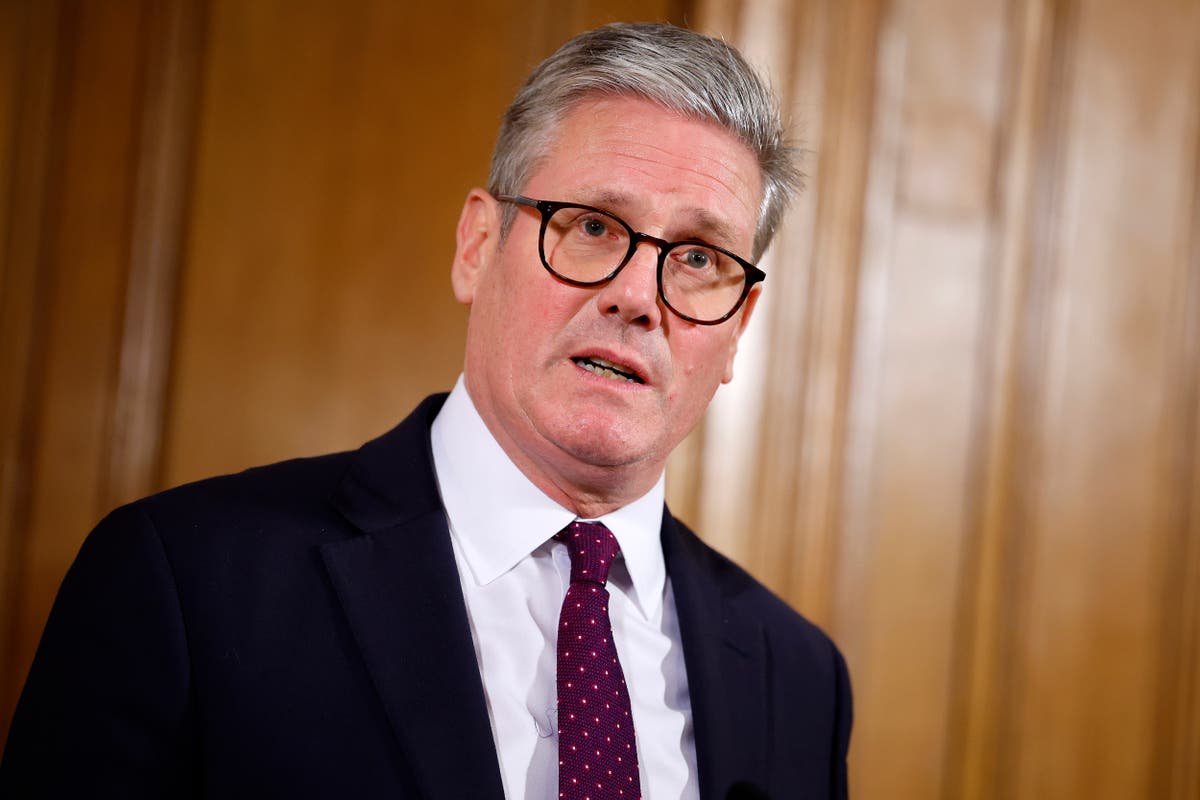[ad_1]
Dying from hepatitis C is a notoriously miserable way to go.
The virus attacks your liver ― in many cases, destroying its ability to make proteins and filter blood. You might not notice at first, because it can inflict damage gradually and “silently” until finally you start to feel symptoms that could include fatigue, jaundice, mental disorientation, severe itching and joint pain. Your belly could fill up with so much fluid that doctors have to drain it, while gastrointestinal difficulties might have you vomiting up blood.
This could go on for months or years, and eventually your liver could fail completely. A transplant might save you, but only if you can get one, and only if it works.
Hepatitis C kills thousands of Americans every year, making it the nation’s deadliest bloodborne infectious disease. And it doesn’t have to be this way.
There’s a cure for hepatitis C that works in almost all cases ― an antiviral medication that’s been around for a decade, needs to be taken for just two or three months, and has relatively mild side effects. But lots of Americans diagnosed with the disease aren’t getting the drug because it’s too expensive, or they’re getting it only after the virus has already done severe damage. Takeup is worst among low-income groups and uninsured people, according to the U.S. Centers for Disease Control and Prevention, although even among the privately insured, only about one-third have initiated treatment within a year of testing positive.
President Joe Biden has proposed to do something about that. His 2024 budget calls for a campaign to “eliminate” hepatitis C by making sure at-risk people are aware of the disease and its cure, giving providers the training and tools to identify cases early, and getting the medication to everyone who needs it. Although nobody believes the campaign would actually wipe out the disease, at least in the near term, experts think it could dramatically reduce its incidence ― and the death toll too.
Of course, Biden has endorsed plenty of other promising ideas to improve public health. The prospects for making most of them a reality these days are slim given divided control of Congress, not to mention many conservatives’ aversion to anything that requires about $5 billion in new federal outlays over 10 years, as the hepatitis C campaign would.
But there’s real hope for this proposal, starting with its actual budget arithmetic.
A comprehensive hepatitis C strategy could actually save the federal government money, because curing the disease is so much cheaper than paying to treat its complications. One independent analysis has projected about $13 billion in reduced federal spending over the first 10 years, with much larger windfalls in the future.
That’s a big number ― but it starts to make sense when you consider that a single liver transplant typically costs more than $100,000 for the procedure, followed by tens of thousands of dollars annually to maintain.
And while that kind of logic doesn’t always prevail in Washington, this particular proposal includes among its champions two people in a unique position to affect the debate. One is a world-famous scientist with credibility on both sides of the aisle. The other is the ranking Republican senator on a key committee. Not coincidentally, each has a personal connection to the issue.
The Scientist
The renowned scientist is Francis Collins, former leader of the Human Genome Project and director of the National Institutes of Health. He served as Biden’s acting science adviser for most of 2022, and has continued to lead the hepatitis C initiative since then. His personal connection to the issue is through his brother-in-law, who died from the disease 11 years ago.
“You wouldn’t believe what he went through, the gradual liver failure, to the point of being almost bedridden,” Collins told HuffPost. His brother-in-law was actually one of the lucky ones who was able to get a liver transplant. But during the procedure, doctors discovered liver cancer, which along with some other hepatitis C complications ultimately killed him. “I don’t want anybody to go through that again.”
It was around the time of his death that the pharmaceutical giant Gilead got approval for a breakthrough drug Sofosbuvir, sold under the brand name Sovaldi. Unlike earlier treatments that came with serious side effects and frequently didn’t cure the disease, Gilead announced, Sovaldi wiped out the virus in more than 90% of cases.

PATRICK T. FALLON via Getty Images
It was a major scientific advance, one of the biggest in modern medicine. But from the get-go, public health experts knew ― and warned ― that getting the cure to people would be a challenge.
Hepatitis C spreads through bloodborne contact, frequently (though by no means always) by drug users who are sharing needles. Many people who are at risk have no health insurance or no regular contact with health care providers, or both.
And then there was the issue of price. Gilead initially sold Sovaldi for $1,000 per pill, which for a typical daily regimen lasting 12 weeks worked out to $84,000. That price made it a heavy expense for private and public insurers alike. The burden on the latter was especially great, given the high number of people on Medicaid or in prisons who had hepatitis C.
A subsequent bipartisan congressional investigation concluded that “Gilead’s own documents and correspondence show its pricing strategy was focused on maximizing revenue — even as the company’s analysis showed a lower price would allow more patients to be treated.” And even when the high cost led insurers to restrict access, the congressional report said, Gilead refused to lower its prices.
Gilead responded by saying that it had priced the drug “responsibly and thoughtfully,” given the long-term benefits and savings from curing hepatitis C. The company said its strategy was “in line with previous standards of care.” It also cited discounts and assistance programs that it ran, arguing that they made the drug available to people who couldn’t afford it.
The company eventually lowered the price of its drugs to about $20,000, in order to compete with a new treatment from the drugmaker AbbVie. But the prospective treatment costs for insurers and governments remained staggering, given the sheer volume of people who needed the drug.
That’s when the state of Louisiana got involved. And along the way, one of its Republican senators did too.
The Senator
In 2016, a little more than a year after Sovaldi sales began, Louisiana officials brought in an outside research group to calculate how much it would cost to provide Sovaldi to all of the state’s hepatitis C patients. The group, based at Sloan-Kettering Cancer Institute and led by physician and policy expert Peter Bach, calculated it would be $760 million a year, which was more than Louisiana spends on schools, veterans and correctional facilities combined.
Louisiana officials began looking for ways to make the cost manageable ― among them, asking the federal government to use its authority to license production of hepatitis C drugs by other manufacturers at lower prices. That would have effectively broken Gilead’s exclusive rights to produce and sell the drug, an idea many progressives have supported in the past for other high-priced treatments.
When the drug industry threatened to fight any such effort in court, officials floated an alternative that Bach had championed: a “subscription” or “Netflix” model, under which the state would pay the manufacturers a fixed sum in exchange for production of however many doses it took to meet demand through Medicaid, prisons and other government programs that the state financed.
Among those taken with the idea was Bill Cassidy, then a newly elected Republican senator from Louisiana as well as a physician who specializes in treatment of liver disease. Cassidy, a staunch economic conservative, said that threatening Gilead’s exclusivity was legally questionable and would deter future innovation by reducing incentives for investment. But he embraced the subscription model as a market-friendly way to get treatment to the people who need it ― a population, he frequently noted, that he knew well from his work in clinics serving the uninsured.

Kevin Dietsch via Getty Images
During one Senate committee hearing, as later recounted in The Washington Post, Cassidy drew on a whiteboard to demonstrate how hepatitis C can lead to cirrhosis, and why intervening early is so important. “What currently happens is those who either have cirrhosis, the most advanced disease, or are at risk of developing it, are who is treated now,” Cassidy said. “You’re putting out a fire, as opposed to putting out a match.” (Cassidy’s office did not make him available to HuffPost for comment.)
Under pressure from both state and federal officials, from both political parties ― and with the promise that the new model would only add to their revenue, rather than reduce their income from existing sales ― the drug companies agreed to the subscription financing model. The program launched in July 2019, and the number of people getting treatment immediately jumped by more than a factor of five, according to Louisiana state data.
The treatment rate fell from that peak once COVID-19 hit, most likely because people were reducing regular contact with medical providers at the time. And although the rate remained above pre-pandemic levels, it had also become clear that, as explained in a Stat feature on the Louisiana program, lack of access and awareness remained big impediments to success.
That realization ― and a determination to do something about it ― is behind the new federal proposal.
The Plan
Collins says the idea of the plan first appeared on his radar in early 2022, while he was serving as Biden’s acting scientific adviser. The more he learned about it, he said, the more he understood what an opportunity it was.
The testing challenge is in some ways the easiest, he said. Today, the test for hepatitis in the U.S. requires giving a blood sample that doctors send away for analysis, and then returning for a follow-up test if the initial findings are positive. Starting treatment then requires one more session.
Getting people to do that is never easy. It’s particularly tough in cases where people don’t have regular sources of care or ways to pay for it.
But there’s a simpler test that physicians could process in their own office, in minutes rather than days. Australia has already approved the test, and if the U.S. Food and Drug Administration does too, as Collins hopes will happen within the next year, then the key will be making sure providers have everything they need to offer it. The Biden proposal would, among other things, get the necessary material to federally run community clinics that serve millions of low-income and uninsured Americans every year.

Kevin Dietsch via Getty Images
“I’m feeling pretty good about this and I think it will be a game changer,” Collins said, “because many of the populations affected are simply not in a position to come back three times to the clinic before they get started on treatment. The transportation problems alone are big ― we just lose a lot of people along the way.”
Another piece of the Biden proposal would focus on raising awareness: among the populations most likely to have hepatitis C, and, just as critically, among the providers who would be in a position to do the testing and prescribe the medication.
Collins says he’s hopeful such a campaign can actually work, because some smaller pilot programs (like one in New Mexico) have shown positive results, and because physicians are bound to be enthusiastic about the testing and treatment once more of them understand how transformative it can be.
“You have a chance to make a diagnosis, a very straightforward diagnosis,” Collins explained. “You have a chance to offer something to the people who have the disease, and then they get cured … Every physician I’ve ever talked to who’s decided to get involved in this, they’ve [said] it’s been among the most gratifying things they’ve ever done.”
The final piece of the initiative is the purchase of the drugs, which would involve taking the subscription model to the rest of the country ― although, as with other elements of the proposal, it’d be up to states whether they want to participate. The plan would also provide more funding to cover out-of-pocket costs for Medicare beneficiaries who take the drugs.
The Politics
Implementing the campaign would still present formidable challenges, but the more immediate issue is getting the plan through Congress.
The idea has some forceful advocates, including Sen. Chris Van Hollen (D-Md.), who has been working closely with Cassidy on fine-tuning a proposal that could turn into legislation ― ideally in time to be part of a must-pass spending bill that will include health care appropriations. That bill is scheduled to come up for a vote in February.
The legislation would have to get through a familiar political gauntlet, including questions from progressives who might prefer a more aggressive effort to force down treatment prices ― perhaps by threatening the companies with the kind of licensing that Louisiana floated back in the day. But the bigger obstacle is likely to come from conservatives who might blanch at all of that new federal spending.
That’s where Cassidy could play a big role. He comes from a deeply red state and has impeccable conservative credentials on health care. In 2017, he was chief co-sponsor of a major proposal to repeal the Affordable Care Act. He is the ranking Republican on the Senate’s health, education, labor and pensions committee. And he speaks with the authority of a physician, which among other things would help in the House, where the GOP “Doctors Caucus” includes more than a dozen members.
“Good policy is good politics, but everybody in Congress knows somebody with hepatitis C,” Cassidy told CBS News in August. “If the administration comes up with a good plan and it can justify what it’s asking for, and we can show success elsewhere, I’d like to think that we can go to members of Congress and get buy-in.”
A lot will depend on whether the Congressional Budget Office, the official scorekeeper for legislation, agrees with those independent researchers who found big savings in the first 10 years that the CBO uses for projections. Another major variable is the pharmaceutical industry, which is still among the most powerful interest groups in Washington and which may try to stymie policies they see as interfering with their profits.
But Collins says he’s optimistic about that ― because, as in Louisiana, the proposal doesn’t affect the ability of drugmakers to earn money off existing sales. In the end, Collins says, they’d come out ahead.
“The marginal cost of making these drugs is really low ― it’s very easy to make these drugs, they’re not hard to synthesize,” he said. “They also can see they’re not making money on the marginalized populations ― that being Medicaid patients, uninsured people, people in the prison system, people who are on Native American reservations.”
But ultimately, Collins says. the biggest selling point for this plan is the once-in-a-lifetime opportunity to save so many people. “It’s a really big deal,” he said. “How can we just look the other way? … [It] seems impossible to justify just letting this go.”
This article has been updated to reflect state data from Louisiana.
Support HuffPost
The Stakes Have Never Been Higher
[ad_2]
Source link




















